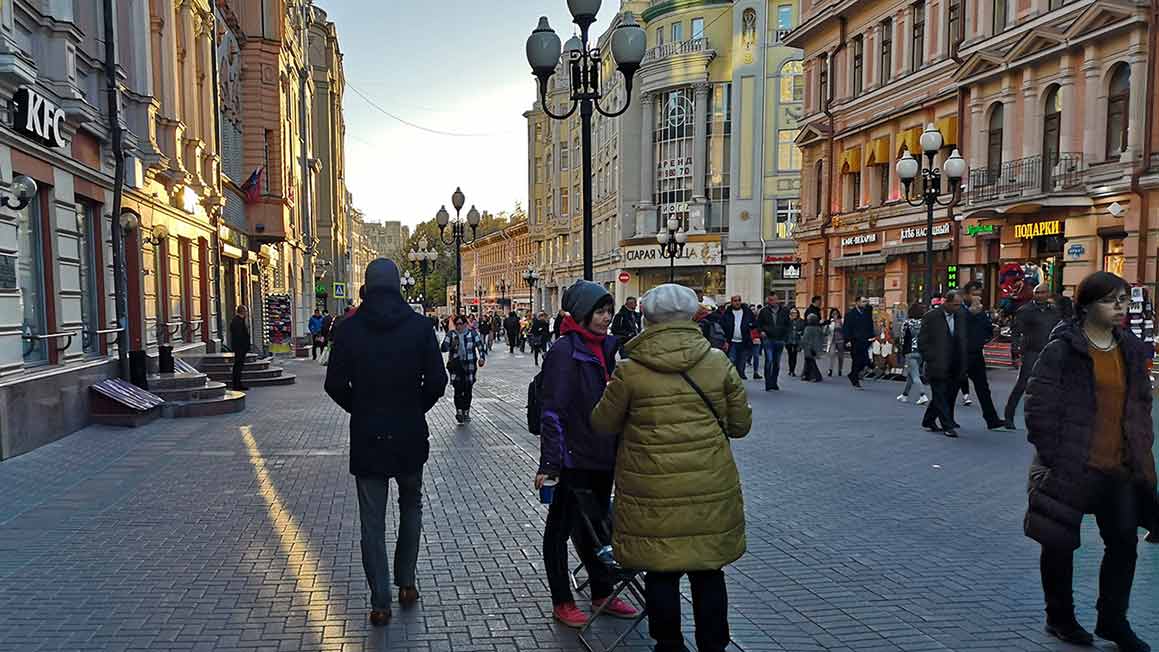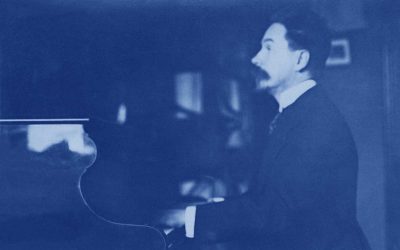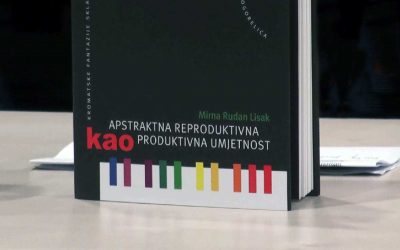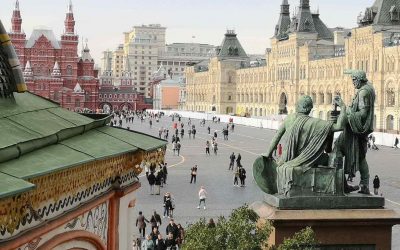Travelogue: Conference in Moscow (Part 1)
Red Square, Moscow (photo: © Mirna Rudan Lisak)
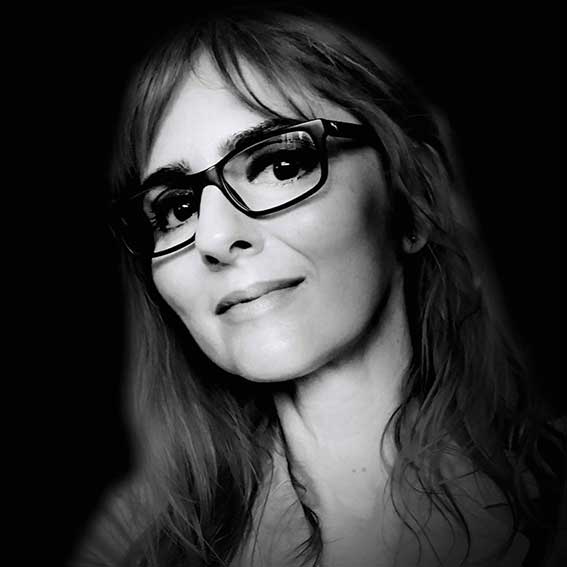
By Mirna Rudan Lisak, PhD
Oct 13, 2018
Trip to Moscow to attend a conference organized to mark the 100th anniversary of the establishment of Scriabin Museum
It is October and I am finally in Moscow, a city that I have always wanted to visit, because this is where my favorite composer, Alexander Nikolayevich Scriabin, lived and worked (Moscow, January 6, 1872—Moscow, April 27, 1915). His apartment is located right next to Arbat Street, which is described in numerous Russian literary works, and since Bulgakov in his mystical novel The Master and Margarita even evoked a flight over it, I decided that the chosen hotel would have to be in it, or at least in the nearest possible neighborhood (I still hoped that, unlike the poet Homeless and editor Berlioz, I would avoid a sudden encounter with the devil). Realizing that the hotel I liked was located in Composer’s Street, there was no longer any doubt about where to stay, and the Google Maps showed that Scriabin’s and Pushkin’s museums were only a two- or three-minute walk away.
The famous Arbat Street, where the main protagonists of numerous Russian literary works spent unforgettable moments
Synesthesia-based interdisciplinary approach to music
The building in which Scriabin lived has been completely transformed into his Memorial Museum. On the ground floor there is a hall for chamber concerts, exhibitions, lectures, etc., while on the first floor one can enjoy the original preserved Scriabin’s apartment and his Bechstein piano, which was later played by numerous famous pianists (Sofronitsky, Neuhaus, Horowitz, Van Cliburn, Pletnev, etc.). The adjacent building has also recently been refurbished to create a bigger concert hall (one has to pass the courtyard to get there), and it is worth mentioning that the hall is enriched with light effects, reminding me that Scriabin was a visionary far ahead of his time, laying the foundations of the modern light-show. It is commonly believed that Scriabin, influenced by synaesthesia—a phenomenon characterised by the interaction of the senses, became aware that each musical tonality corresponds to a certain colour. Following this idea, in his famous composition Prometheus: The Poem of Fire, he composed a section for light organ to translate musical harmonies into color structures (more on the matter in my book Abstract Reproductive as Productive Art). Consequently, his colour system, grounded in Newton’s optics, is in harmony with the circle of quints (a five tone span), which is demonstrated on a light device from the early 20th century (see the picture with colorful light bulbs).
“Scriabin's flexible melody structures, rich in chromatics and thus challenging for the performer's memory, may have its origins in the urban structure of his city.”
Moscow as a huge Fibonacci spiral
This trip once again confirmed that it is highly desirable to travel to the city where an artist lived and worked. Just like in Prague, where it becomes clear that Kafka’s The Metamorphosis could not have been written anywhere else, in Moscow it becomes clear that Scriabin’s flexible melody structures, rich in chromatics and thus challenging for the performer’s memory, may have its origins in the urban structure of his city. It was really difficult to develop a sense of space, i.e. to determine the north and the south; in fact, in Moscow it is almost impossible to orient at first. Therefore, if I had to describe Moscow in one word, it would be the word “maelstrom.” The moment you immerse yourself in the spirit and essence of this city, you feel that—not even knowing how—you have suddenly found yourself in a huge Fibonacci spiral, and in that particular moment the only thing you can do is to close circle by circle step by step, in the rhythm of Shostakovich’s Waltz No. 2, until you reach the very point of its origin, where you suddenly get overwhelmed with the shine of the flaming and picturesque beauty of Saint Basil’s Cathedral. It must be that Ivan the Terrible was not so terrible after all, leaving such a fabulous building behind. Nevertheless, the moment you reluctantly decide to leave, you realize that Shostakovich’s elegant waltz has turned into Khachaturian’s fateful three-fourths tact, and in this masked acceleration, to me it is still not clear how, after Red Square, I found myself in front of the Bolshoi Theater because I was sure it was on the opposite side.
Transience of fame
The story is already too long for today, and the goal was not to document every single detail of the trip (much less in chronological order), but to convey a breath of atmosphere, and inspire other people to travel to Moscow and get acquainted with the character and work of this artist, known for unusual destiny because just a few were so famous like Scriabin during their lifetimes, and so quickly forgotten after death.
“This trip once again confirmed that it is highly desirable to travel to the city where researched artist has lived and worked.”
“This trip once again confirmed that it is highly desirable to travel to the city where researched artist has lived and worked.”
Transience of fame
The story is already too long for today, and the goal was not to document every single detail of the trip (much less in chronological order), but to convey a breath of atmosphere, and inspire other people to travel to Moscow and get acquainted with the character and work of this artist, known for unusual destiny because just a few were so famous like Scriabin during their lifetimes, and so quickly forgotten after death.
You may also like our other publications…
Translation of Igor Belza’s book on Scriabin
The book ”Alexander Nikolayevich Scriabin” written by Igor Belza was translated from Russian into Croatian and published by the Mala zvona publishing house
Book entitled “Abstract Reproductive as Productive Art”
First book in Croatia on Scriabin; subtitle: Chromatic fantasies of the composer A. Scriabin, painter A. Jawlensky and pianist I. Pogorelich
How I met Alexander Serafimovich Scriabin
Prof. Božo Kovačević, former Ambassador of the Republic of Croatia to the Russian Federation, writes about his friendship with Scriabin’s descendant
Translation of Igor Belza’s book on Scriabin
The book ”Alexander Nikolayevich Scriabin” written by Igor Belza was translated from Russian into Croatian and published by the Mala zvona publishing house
Book entitled “Abstract Reproductive as Productive Art”
First book in Croatia on Scriabin; subtitle: Chromatic fantasies of the composer A. Scriabin, painter A. Jawlensky and pianist I. Pogorelich
How I met Alexander Serafimovich Scriabin
Prof. Božo Kovačević, former Ambassador of the Republic of Croatia to the Russian Federation, writes about his friendship with Scriabin’s descendant
Valery Kastelsky and Scriabin’s Piano Sonata No. 7
R. Dalibaltayan about his Professor V. Kastelsky, one of the greatest pianists and pedagogues of the second half of the 20th century
